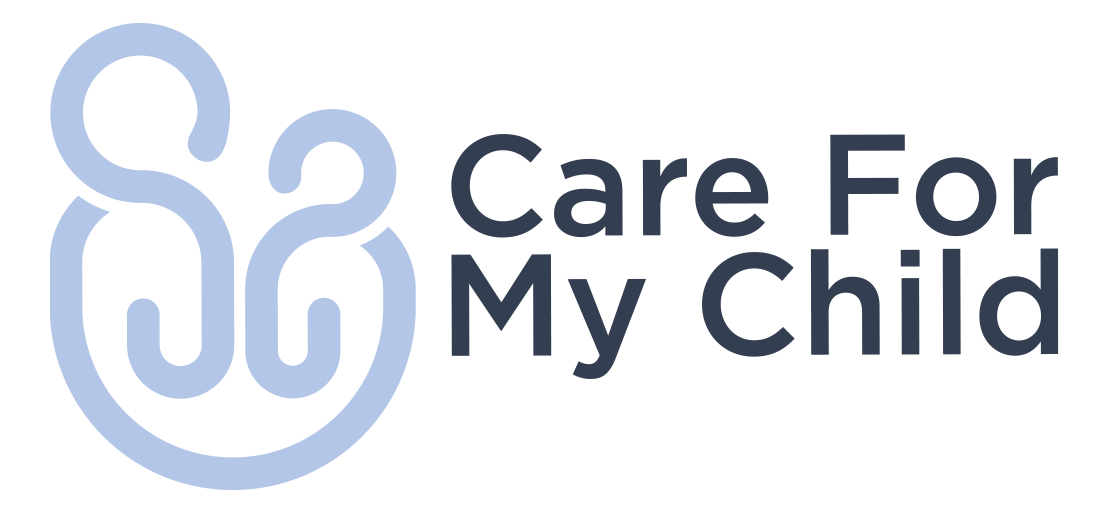Mastering the Art of Breastfeeding: Part 2 - Latching
Introduction:
Breastfeeding is often described as one of the most natural acts in the world, but it can also be one of the most challenging, especially for new mothers. At the heart of successful breastfeeding lies a fundamental aspect: the latch. In this blog, we'll explore the critical importance of a good latch for both mother and baby during breastfeeding.
Understanding the Latch:
The latch refers to the way a baby attaches to the breast during breastfeeding. It involves the baby's mouth enclosing the nipple and a portion of the areola—the darker area around the nipple.
Benefits of a good latch:
Efficient Milk Transfer: A good latch is the key to efficient milk transfer from the breast to the baby. When the latch is correct, the baby can effectively remove milk, ensuring adequate nourishment and milk production
Ensuring Sufficient Weight Gain: A good latch contributes to adequate weight gain in the baby, ensuring they meet their growth milestones
Preventing Nipple Pain and Damage: A proper latch distributes the baby's sucking force evenly across the areola, reducing the risk of sore, cracked, or damaged nipples that can be painful for the mother
Stimulating Milk Production: A strong latch helps stimulate the breast to produce more milk. When the baby effectively empties the breast, it signals the body to make more milk to meet the baby's demands
Reducing Fussiness and Gas: A proper latch allows the baby to swallow less air during feeds, which can reduce fussiness and gassiness.
Promoting Optimal Jaw and Facial Development: A good latch encourages correct jaw and facial muscle movement in the baby, which can have long-term benefits for oral development.
Lowering the Risk of Mastitis: A good latch helps prevent blocked milk ducts and mastitis, a painful breast infection, by ensuring effective milk drainage.
Comfortable Breastfeeding Experience: When the latch is right, breastfeeding is more comfortable and enjoyable for both mother and baby. It minimizes frustration and stress during feeds
Building a Strong Nursing Relationship: A positive breastfeeding experience, facilitated by a good latch, lays the foundation for a strong and enduring nursing relationship between mother and baby
Signs your baby is well attached to breastfeed
When your baby is well attached:
their chin touches your breast
their mouth is wide open
their cheeks are round and full, not sucked in or dimpled
their sucks become slower and longer
you can see some of your breast above your baby’s top lip
you feel a strong, drawing sensation
If your baby is feeding properly from the breast, they don’t make any slurping or smacking sounds. They’re sleepy and satisfied when they finish feeding.
Signs your baby is not well attached to breastfeed
When your baby is not well attached:
feeding is painful
their sucks are short
their cheeks are drawn in and dimpled
they are restless and keep coming off the breast
Seeking Help and Support:
For many mothers, achieving a good latch can take time and practice. Don't hesitate to seek support from a lactation consultant or healthcare provider if you're struggling. They can offer guidance, tips, and techniques to ensure a successful breastfeeding journey.
Conclusion:
The importance of a good latch cannot be overstated in the world of breastfeeding. It's the cornerstone of a successful nursing relationship, offering nutritional benefits, emotional bonding, and comfort for both mother and baby. While achieving a good latch may require patience and practice, the rewards are well worth the effort. Embrace the journey, seek support when needed, and remember that every baby and mother is unique—what works best for one may differ for another.
Further reading and resources:
Video on positioning and attachment - UNICEF
Video on ineffective attachment - UNICEF
Signs of a good latch/feeding - Lactation Education Resources
Attachment and Positioning - BreastfedBabies.org





